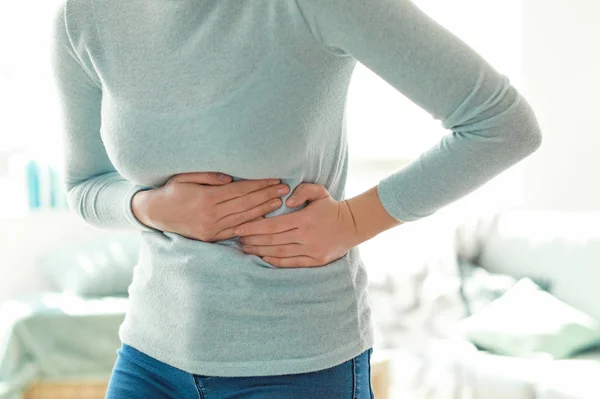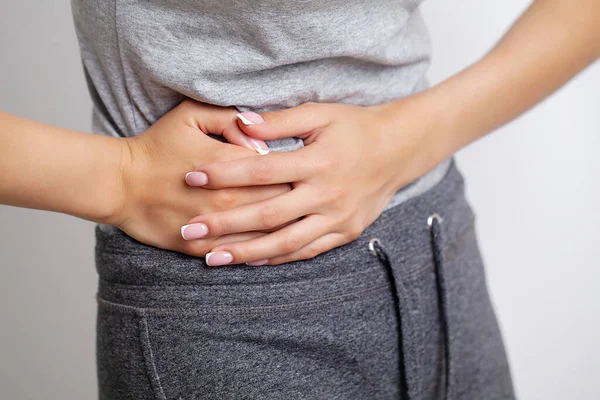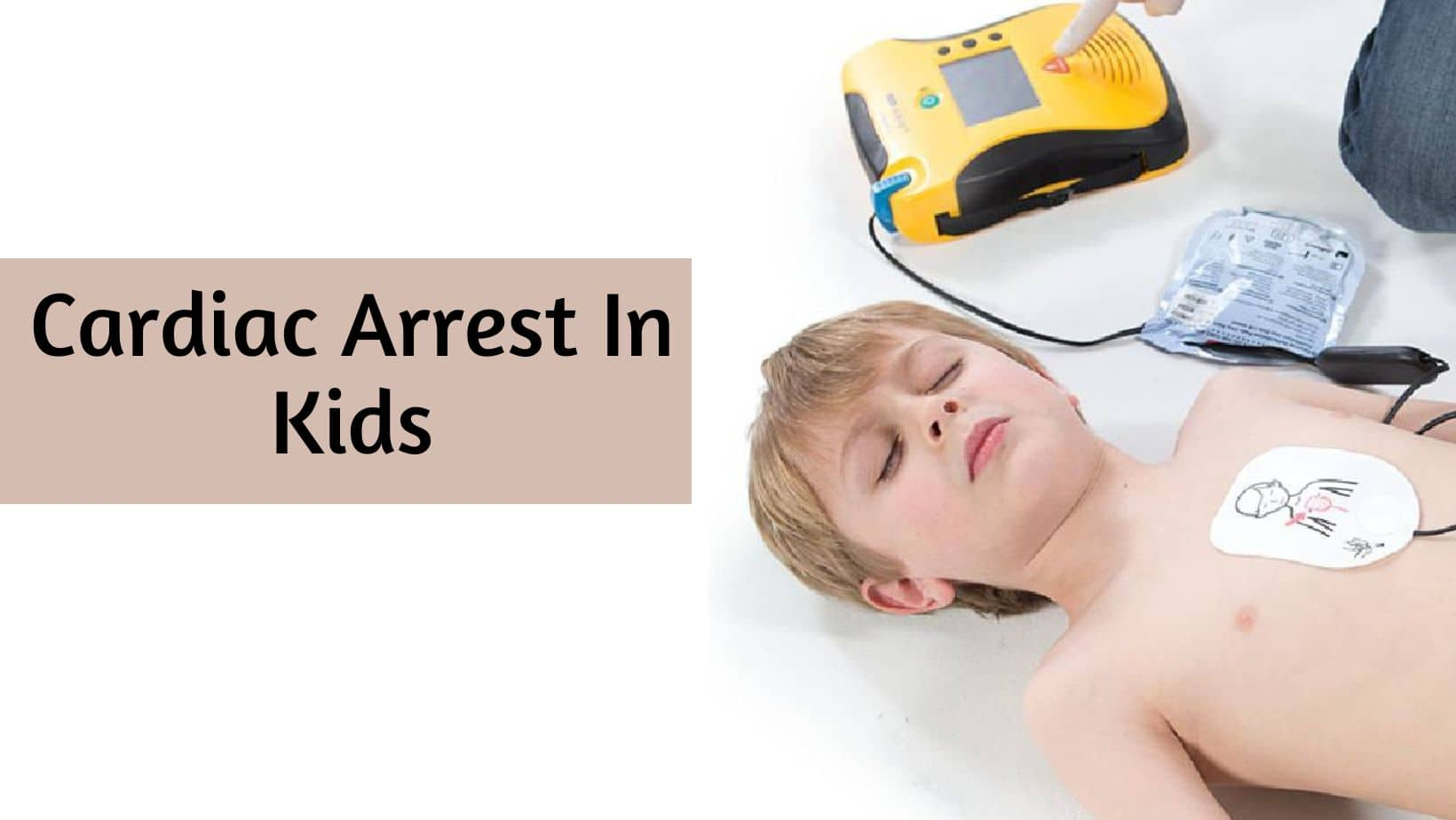It often starts with a nagging ache in your lower belly—something you chalk up to stress, gas, or last night’s dinner. You ignore it for a few days, pop an over-the-counter pain reliever, and carry on with your routine. But that quiet, persistent pain might be more than just a harmless digestive hiccup—it could be diverticulitis. This increasingly common condition tends to sneak up quietly, with symptoms that are easy to brush off until they escalate into something far more serious.
Diverticulitis affects millions of people, especially as they grow older, yet many remain unaware of the warning signs until they’re sitting in an emergency room. The key to avoiding complications lies in knowing how to catch it early. In this article, we’ll break down what diverticulitis really is, why it becomes more common with age, the subtle symptoms to watch for, and how you can manage mild cases at home. Most importantly, you’ll learn when to seek help—because when it comes to your gut, a little knowledge can go a long way in protecting your health.

What Is Diverticulitis?
Diverticulitis is a condition that occurs when small, bulging pouches (called diverticula) in the lining of the digestive tract become inflamed or infected. These pouches usually form in the colon, and while they’re often harmless—what doctors call diverticulosis—they can cause serious problems when they become inflamed. The shift from a benign condition to a painful one often happens quietly, which is why knowing how to recognize the early signs is crucial.
According to the University of California, San Francisco, more than 35% of adults over the age of 50 have diverticulosis, though only a fraction will experience diverticulitis. Still, when inflammation does occur, it can lead to complications like abscesses, bowel obstruction, or even perforation of the colon—turning a manageable issue into a medical emergency. Understanding what this condition is and recognizing its early indicators can save you a trip to the ER—or worse.
Diverticulitis Becomes More Common With Age
While young adults can develop diverticulitis, the likelihood increases significantly with age. By age 60, more than half of adults in developed countries have diverticulosis. The condition is also more prevalent in people who consume low-fiber diets, are sedentary, or who are obese.
Part of the reason it becomes more common with age is due to changes in the elasticity and strength of the colon wall. Over time, pressure from hard stools or straining during bowel movements can create weak spots in the colon lining. These weak areas eventually balloon out, forming diverticula. Once formed, these pouches can trap waste and bacteria, leading to inflammation and infection.
It’s also worth noting that while older adults are more susceptible, younger people may experience more severe complications when they do develop diverticulitis. A 2010 study published in Diseases of the Colon & Rectum found that people under 50 who develop the condition are more likely to require surgical intervention.
Diverticulitis Symptoms You Need To Know
Symptoms of diverticulitis can range from mild abdominal discomfort to intense pain and systemic signs of infection. The most common—and often the earliest—symptom is pain in the lower left side of the abdomen. However, this isn’t always the case. In some individuals, especially those of Asian descent, the pain may appear on the right side.
Other signs to watch for include:
- Persistent abdominal bloating or cramping
- Fever and chills (indicative of infection)
- Nausea and occasional vomiting
- Constipation, diarrhea, or alternating bowel habits
- Tenderness in the abdominal area upon touch
- A noticeable drop in appetite
- Feeling fatigued or generally unwell
Because these symptoms often resemble other gastrointestinal issues such as irritable bowel syndrome (IBS) or food poisoning, people frequently dismiss them. But when symptoms persist for more than a couple of days, or if they worsen quickly, medical attention is warranted. It’s in the subtlety of these signs that the danger often lies.
What To Do If You Have Symptoms of Diverticulitis
If you begin to notice persistent abdominal pain, particularly in the lower left quadrant, accompanied by fever or changes in bowel habits, it’s time to act. Don’t self-diagnose. Instead, schedule an appointment with your healthcare provider. Your doctor may perform a physical exam, blood tests, or imaging such as a CT scan to confirm whether you have diverticulitis and assess its severity.
Mild cases can often be treated at home, but ignoring early symptoms may lead to complications that require hospitalization or even surgery. If you start vomiting, can’t keep food down, or notice blood in your stool, those are signs that your condition may be more advanced and requires urgent care.
In the words of Martha, a 64-year-old retiree who ignored her mild cramps for weeks:
“I thought it was just gas or something I ate. It wasn’t until the fever came and I couldn’t walk upright that I went to the hospital. I had a perforated colon and needed emergency surgery. I wish I hadn’t waited.”
How To Manage Diverticulitis Symptoms At Home
For uncomplicated cases diagnosed early, diverticulitis can often be managed without hospitalization. The first step is bowel rest, which usually means a clear liquid diet for one to two days to give your colon a break. This may include:
- Broth
- Gelatin
- Ice pops without fruit bits or pulp
- Clear juices
- Water and electrolyte drinks
Once symptoms improve, you can slowly reintroduce low-fiber foods like white rice, bananas, and cooked vegetables. Eventually, transitioning to a high-fiber diet is essential to prevent recurrence, but only after the acute episode has resolved.
Your doctor may also prescribe oral antibiotics if there are signs of infection, though recent studies suggest that not all mild cases require them. Pain management with acetaminophen is recommended, as NSAIDs like ibuprofen may increase the risk of gastrointestinal bleeding.
And remember: rest is just as important. The body heals faster when you give it time and space to recover.
When It’s More Than a Mild Case
In about 20% of cases, diverticulitis becomes complicated. This may include abscesses (pockets of pus), fistulas (abnormal connections between organs), or perforation of the intestinal wall—each of which can be life-threatening. In these scenarios, surgery might be necessary.
Hospitalization is typically required if:
- You can’t tolerate oral fluids
- You have a high fever or worsening symptoms
- There’s evidence of a bowel obstruction
- Blood work reveals significant infection markers (like elevated white blood cell count)
In such cases, treatment often includes IV antibiotics, fluid support, and possibly drainage of abscesses under imaging guidance. Surgery may involve removing the affected portion of the colon and, in some cases, creating a temporary colostomy.
Men are more likely to develop fistulas, particularly between the colon and bladder, which can lead to recurrent urinary tract infections—a red flag that often points to a more serious internal issue.
The Bottom Line on Diverticulitis Symptoms
Diverticulitis doesn’t always start with a bang. In fact, its earliest signs are often mistaken for routine digestive discomfort. But catching it early can mean the difference between managing the condition at home and facing invasive surgery.
Key takeaways include:
- Listen to your gut—literally. Persistent lower abdominal pain, especially if accompanied by fever or bowel changes, should never be ignored.
- Aging is a factor, but lifestyle choices like diet and exercise can influence your risk.
- Timely diagnosis and treatment can prevent serious complications.
With the right awareness and proactive care, most people with diverticulitis can lead healthy, complication-free lives. But it starts with recognizing that those “mild cramps” might be more than just indigestion.
Also Read | Why Blood Sugar Drops Without Diabetes + Fast Relief Tips










